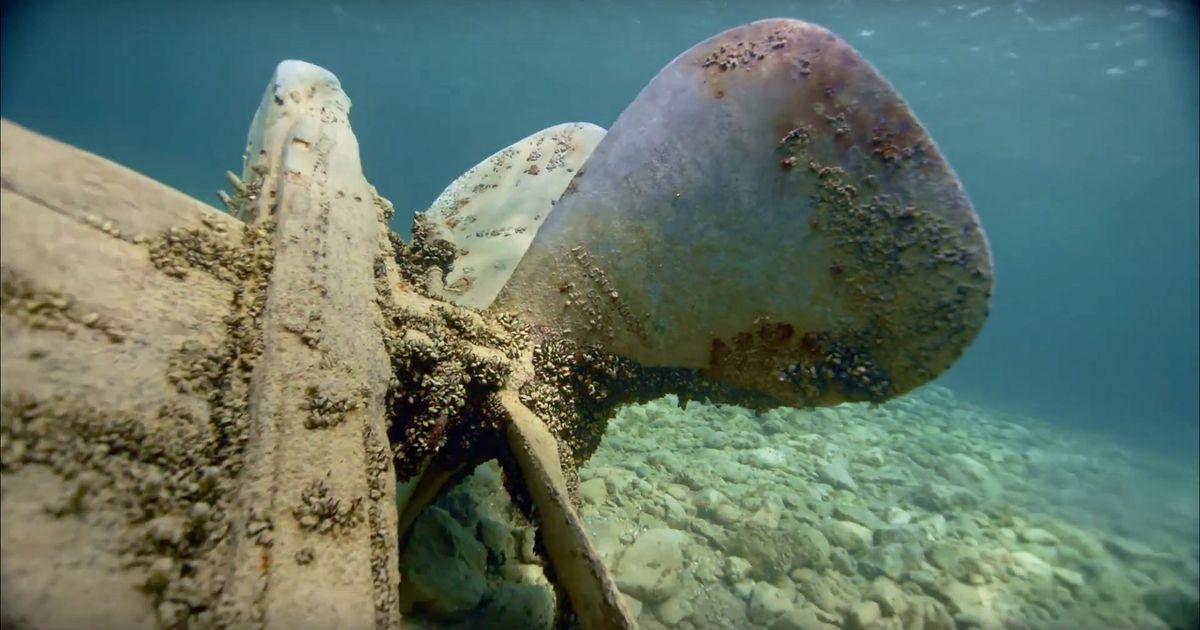How invasive mussels threaten shipwrecks in the Great Lakes
The Great Lakes region between the US and Canada is chock full of shipwrecks.

A few minutes every morning is all you need.
Stay up to date on the world's Headlines and Human Stories. It's fun, it's factual, it's fluff-free.
The Great Lakes region between the US and Canada is chock full of shipwrecks. As the Industrial Revolution took hold of North America, the Great Lakes became a major trade route for ships carrying goods from inland. And where there are ships, there are shipwrecks. The thing is, the super-cold Great Lakes are known for preserving these historical artifacts really well – so much so that divers could even see dishes in the cupboards.
It’s estimated that there are about 10,000 shipwrecks in the Great Lakes region. About half of these have been located, but there are thousands that are still lost. Just this past July, the surprisingly well-preserved wreckage of a ship that sank in 1881 was found in Lake Michigan. It only took us 142 years to find…
But now, there’s a ticking clock on locating these shipwrecks. The Great Lakes have been affected by invasive mussel species, which put the remains of these sunken ships at risk of more and more damage. According to the University of Wisconsin, “Zebra and quagga mussels have dramatically changed the ecology of the Great Lakes.” Quagga mussels have become the dominant invasive species in three of the four Great Lakes.
“What you need to understand is every shipwreck is covered with quagga mussels in the lower Great Lakes,” Wisconsin state maritime archaeologist Tamara Thomsen says. “Everything. If you drain the lakes, you’ll get a bowl of quagga mussels.”
It’s thought that these invasive mussels were accidentally introduced into the Lakes from Eastern Europe in the ballast of cargo ships in the 1980s. The problem with these quagga mussel critters being all over shipwrecks and other lost treasures is that they burrow into the wood of the structures. Then, they build on themselves in a way that eventually destroys the builds. They create acid that corrodes steel and iron. Plus, there doesn’t seem to be any real way to stop or get rid of them. Zebra mussels cause similar problems, burrowing into the wood of the ships.
At the same time, though, mussels filter plankton and algae from the water, making it way clearer than it had been before – meaning it’s easier for divers to spot the wrecks.
“Zebra mussels are here to stay, and they will probably encrust all of the hundreds of ships in Champlain and the thousands in the Great Lakes and St. Lawrence Seaway," says Arthur B. Cohn, executive director of the Lake Champlain Maritime Museum. "So, we better get out and locate and document these wrecks while we can."




Comments ()